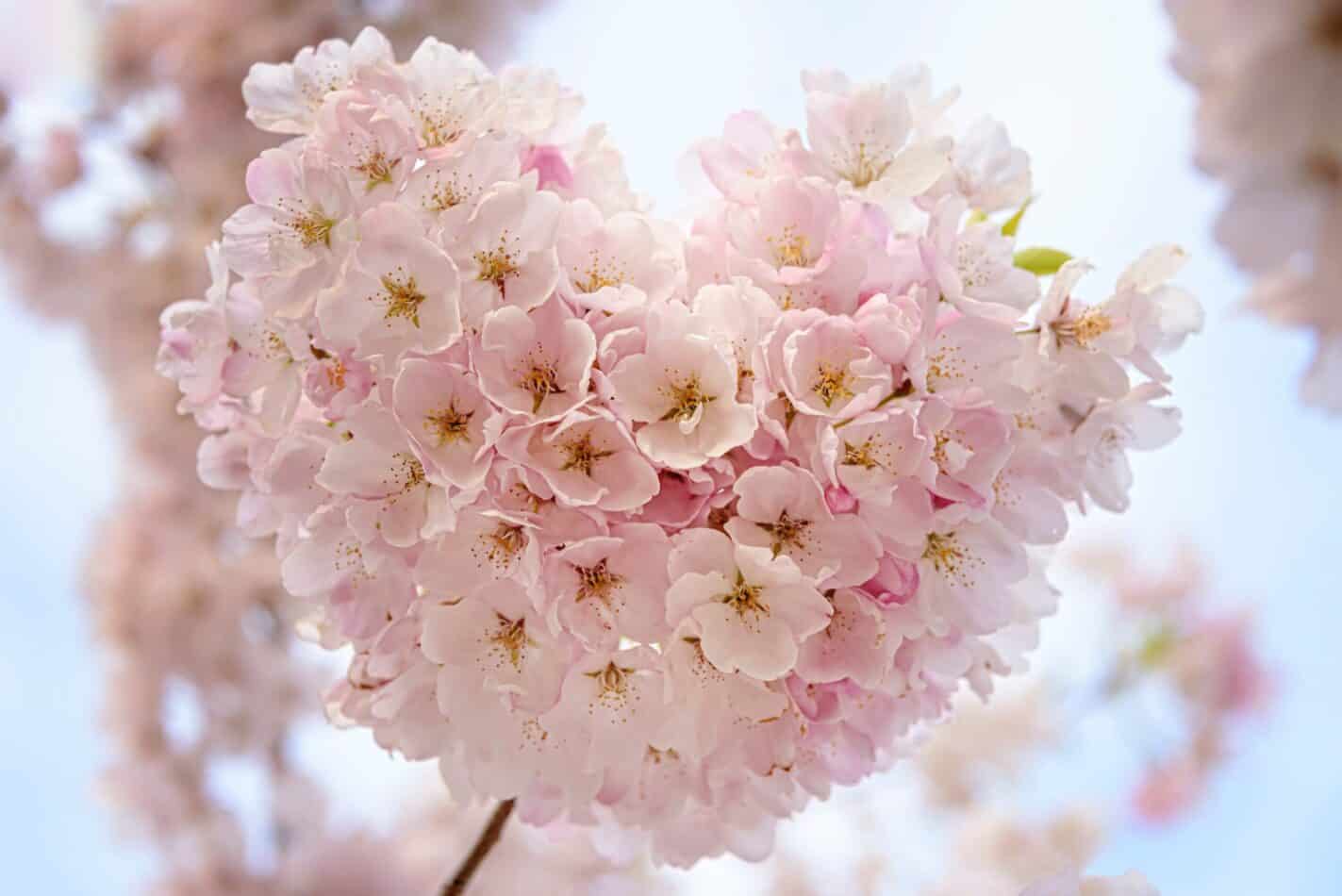Dahlias Dahlia are an attractive flower that have been around since the 1500s, and they have become known for their bright and colorful blooms. Over the centuries, they have been well-loved by gardeners and flower enthusiasts alike. With more than 40 different species, they come in every imaginable color, form, and size. Dahlias can be planted in pots, beds, or borders and they are fairly easy to maintain.
When and Where to Plant Dahlias
Dahlias prefer full sun and well-draining soil rich in organic matter. To give them their best chance of success, Dahlias should be planted in the early summer after the danger of frost has passed. Many varieties of Dahlias require deadheading to encourage reblooming, so pick up dead and fading blooms to encourage new blooms during the growing season.
Soil Preparation
Before planting your Dahlias, it is important to make sure that your soil is ready for them. You want to make sure it is well-draining and has a good amount of organic matter. A simple soil test should tell you about the makeup of your soil and whether it is ready for Dahlias. If it is not, you can amend it by adding compost, peat moss, or composted manure to the soil to improve drainage and increase its fertility.
Planting Dahlias
Once the soil is ready, Dahlias can be planted. Make sure to read the instructions on the package and space your Dahlias adequately, leaving plenty of room for the roots to spread out and the plants to reach their full height. Plant Dahlias in evenly spaced holes, 12 to 18 inches apart, depending on the variety. Deeper holes are better for taller-growing varieties.
Watering and Fertilizing Dahlias
Once planted, Dahlias need to be watered regularly and fertilized once a month. Be sure to water them evenly and deeply, to the depth of their roots. You should also use a balanced fertilizer or a Dahlia-specific fertilizer. This will help your Dahlias bloom and produce their best-looking flowers.
Pruning and Deadheading
Dahlias require regular deadheading, which is the removal of dead or fading blooms. This encourages the plant to produce more, healthier blooms and prevents seed pods from forming. Pruning is also important for a healthy and attractive Dahlia. In some climates, the longer-growing varieties should be cut back 1 to 2 feet in the late summer and should be divided every 3 to 4 years.
Container Planting
Dahlias can also be planted in containers, as long as they have adequate drainage. Fill your container with soil and compost and add enough fertilizer to give your Dahlias a good start. Water your Dahlias consistently and fertilize once a month. Make sure to keep the container in full sun and be sure to repot as needed.
Winterizing
In colder climates, Dahlias must be carefully prepared for the winter. After the first frost, cut the plants back to the ground and carefully dig them up and remove them from the ground. Carefully omit any damaged or diseased plant material, and then cover the root crowns with dry soil, mulch, or shredded leaves for insulation.
Dahlias are an easy to maintain flower that can be used to add a beautiful colorful touch to any home or garden. They come in many different varieties, colors and sizes, and can be grown in containers, beds, or borders. They require regular watering, fertilizing, deadheading, and pruning, and in some climates need to be prepared for the winter. With the right care, they will produce vibrant blooms that add color and life to any landscape.
Fact Sheet
| Common Name | Dahlia |
|---|---|
| Scientific Name | Dahlia spp. |
| Plant Type | Perennial |
| Mature Size | 1 to 6 feet tall, 1 to 4 feet wide |
| Sun Exposure | Full sun |
| Soil Type | Moist, well-drained, fertile soil |
| Soil pH | 6.0 to 7.5 |
| Bloom Time | Summer to frost |
| Flower Color | Wide range of colors including pink, red, orange, yellow, and white |
| Hardiness Zones | 7 to 11 |
| Native Area | Mexico and Central America |
What we love from Amazon this week
Buy these wonderful flowers directly from Amazon:















